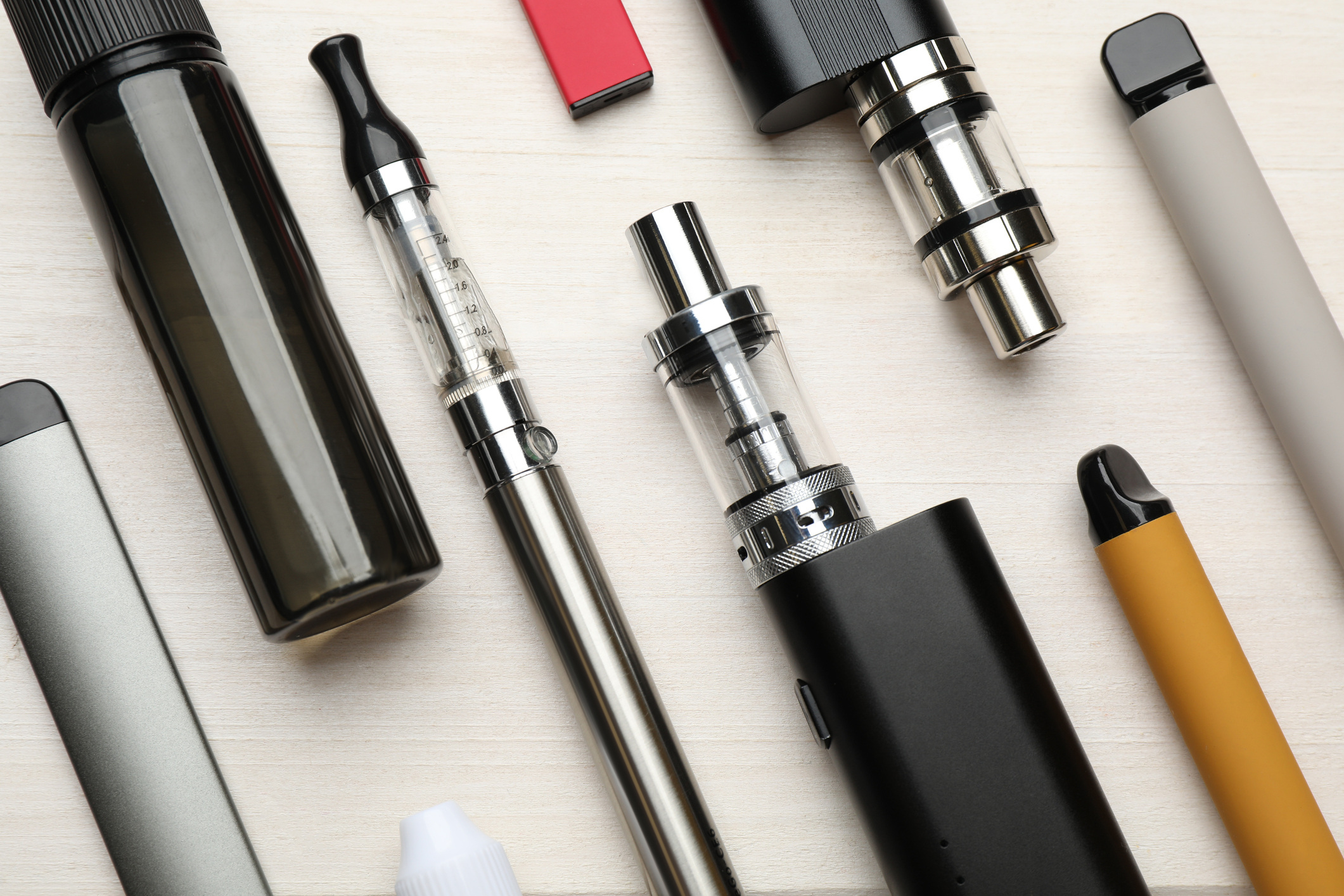Pete Lomas, Managing Consultant for Product Realization, attended the Redefining Early Stage Investments conference to meet like-minded device experts in the med-tech industry and build new...
Designing electronic cigarettes for MAA regulatory submission
Nicotine

Sep 5, 2024 | Published by Broughton
Nicotine
~ Key considerations for designing electronic cigarettes and other inhaled nicotine-containing products as medicines ~
To further support the transition from smoking to reduced-risk nicotine products, the Medicine and Healthcare Products Regulatory Agency (MHRA) is encouraging next generation nicotine product manufacturers to consider the Marketing Authorisation Application (MAA) route to market. Nicotine products, such as electronic cigarettes, authorised via this regulatory pathway, can be marketed as smoking cessation tools and prescribed by healthcare professionals.
Here, we discuss the challenges in developing a product for this regulatory pathway and considerations for how manufacturers can design electronic cigarettes to improve their chances of MAA approval, giving a particular focus to delivered dose uniformity (DDU), which is a critical parameter for these types of authorised medical inhalation devices.
Electronic cigarettes, commonly referred to as vapes, will be classified in a similar way as conventional pressurised metered dose inhalers (pMDIs), meaning they must meet similar criteria for approval. One key criteria is DDU testing, a measure used to ensure patients are getting a consistent amount of nicotine both within (Intra) and between (Inter) devices.
Achieving DDU is challenging in electronic cigarettes for several reasons. Most consumer electronic cigarettes were designed for a consumer regulatory pathway with less rigorous regulatory requirements. Generally, these products rely on traditional coil and wick technology — the wick is saturated with e-liquid and when the coil heats up, the wick releases vapour for the user to inhale. Coil and wick-based electronic cigarettes are prone to inconsistency caused and exacerbated by a variety of issues, such as variation in battery life, power delivery, temperature, and changes in the e-liquid formulation over the shelf life, to highlight a few.
The MHRA recognises that electronic cigarettes are fundamentally different from pMDIs and that their mode of operation is likely to be more variable than traditional pMDIs. Considering this, the MHRA has made some concessions related to DDU, such as allowing 10 puffs to be classified as a single dose.
However, manufacturers must still comply with the same DDU requirements for pMDIs outlined in The European Pharmacopeia (Ph. Eur.) monograph 0671 (Preparations for inhalation), which include achieving nine out of ten doses within 25 percent of the mean, and all doses within 35 percent of the mean. In addition, the mean of ten puffs must fall within 15 percent of the label claim. To have the best chance of MAA regulatory approval, manufacturers should design electronic cigarettes with consideration to the challenges in meeting these limits. Manufacturers can achieve this by adapting existing vape designs, or by turning to novel technology.
Adapting existing technology
Several areas of product development influence DDU including airflow, e-liquid properties, test methods, e-liquid delivery, packaging, production, and power delivery. Ceramic heating elements are one example of a way manufacturers are changing their designs to improve DDU. Ceramic elements improve the consistency of power delivery, while more accurately controlling the wicking rate via engineering of the wick’s pore size.
Another way a design can be adapted is with the introduction of thermocontrols that regulate power delivery and, therefore, the temperature of the coil. Thermocontrols help control the amount of vapour being released with each inhale with greater consistency by setting a temperature limit that applies to the wick, no matter the battery level of the device. Electronic cigarette manufacturers can also consider the influence of the airflow path on DDU, such as tightening manufacturing tolerances.
Emerging technologies
Alternatively, electronic cigarette manufacturers can make use of emerging technologies to improve overall dosage consistency, including a more consistent droplet size. Better control of droplet size can be achieved with devices based on piezo ceramic meshes, a similar technology to that used in medical nebulisers. E-cigarette devices based on piezo technology use mechanical forces, in the form of ultrasonic waves, to convert the e-liquid into vapour. The droplet size and dosage can be predefined through the mesh dimensions, allowing for greater uniformity in the vapour.
Another emerging technology is microfluidic liquid delivery. This technology uses the surface tension of the liquid to transport it along micro channels for “wicking”, and is a more engineered solution than conventional wicks.
Regulatory insight
Businesses with products undergoing a PMTA process may be able to repurpose this data to reduce the number of new studies required for the MAA regulation. However, MAA applicants should expect the process to be extended. Working with a scientific and regulatory compliance partner that can support you through the process, from product design to regulatory approval, can increase your chances of success.
If you’d like support with the MAA regulatory pathway, head to our website.



